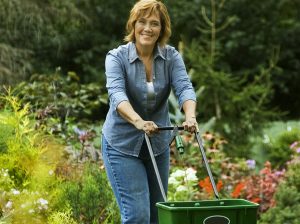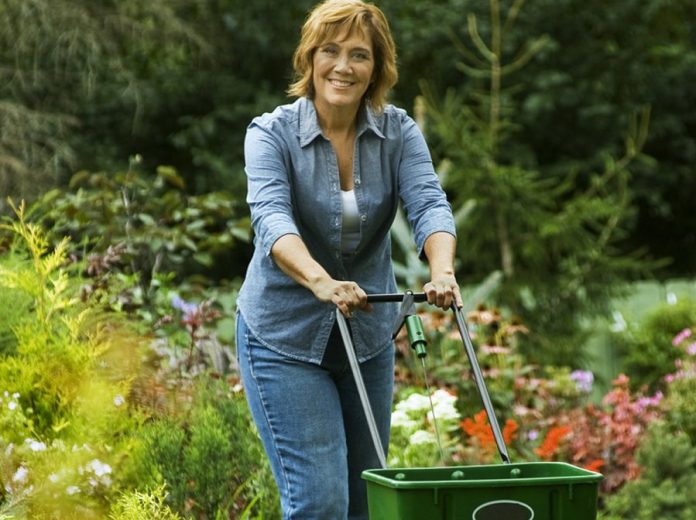 The main ingredients in commercial fertilizers are phosphorus (P), nitrogen (N), and potassium (K) in every ratio you can think up. Check out the box, bag, and jar labels next time you stroll through a nursery or a big box store garden department.
The main ingredients in commercial fertilizers are phosphorus (P), nitrogen (N), and potassium (K) in every ratio you can think up. Check out the box, bag, and jar labels next time you stroll through a nursery or a big box store garden department.
For reasons unclear to professionals in the know, plants need potassium in order to utilize nitrogen which enables them to produce green chlorophyll they use to capture light to make sugars to feed themselves. We admire–and love to eat–well fed plants, and garden pests train their chow down radar on weak plants.
Humble potassium helps animal cells consume food and remove waste products, and it affects cells’ ability to hold fluid. The element helps the microscopic units of life transmit electrochemical impulses through nerves and muscles, and it helps maintain regular beating of everyone’s favorite muscle, the heart. Too much or too little of the chemical can be fatal.
Fortunately, potassium is the 7th most plentiful element in the earth’s rock, dirt and soil crust which feeds the garden plants that deliver it to us and our future steaks, chops, and KFC buckets in the right amounts at every meal. Is that ecological interdependence from the ground up, or what?
If a healthy animal eats, it is almost impossible to experience a potassium deficiency, but starvation and illness are different stories.
Since at least 200 B.C. gardeners have been mixing fireplace ashes–burned plants–in their acidic garden plots to beef up its potassium content. Acidic dirt/soil? Didn’t I tell you last spring that pH is ever with us North Texans? Among other things, potassium, an alkali, neutralizes soil acids. It scrambles their structures, you know, sticks a hand where a nose ought to be.
Acids not only turn litmus paper blue, but they taste sour like citrus or vinegar. High acid soil can give us bitter tasting produce. Alkaline substances like plant ashes (called bases in chemistry class) turn litmus paper pink, and taste comparatively salty or “sweet.” Produce from pH neutral soils tickle our taste buds.
While garden vegetables can live in most soil types, if you ask they’ll say they like their feet in reasonably neutral earth. So don’t toss the ashes from your indoor and outdoor fireplaces this winter, spread them around on your dormant garden beds.
A good soaking parts ashes and their chemicals with ease, so deposit the grey dust where you plan to insert plant roots next growing season. A handful of ash around winter-hardy veggies won’t hurt either, but don’t forget some plants like blueberries (and azaleas) can’t get enough acid.

















